We hear all of the time about how Carbon Dioxide (CO2) in our atmosphere traps the heat from our Sun causing the Earth to grow warmer. That’s the basic science behind the idea that burning of fossil fuels, which release large amounts of CO2 are causing the now obvious rise in our planet’s average temperature.
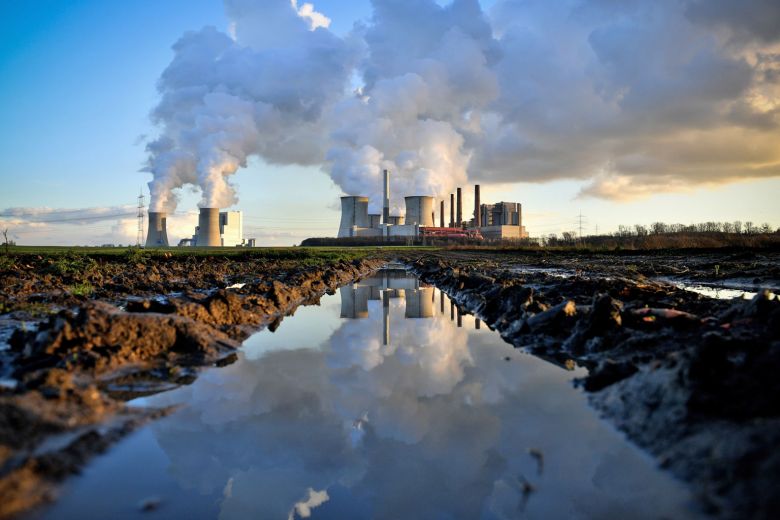
So if too much CO2 in the atmosphere can cause the Earth’s temperature to rise, then what part, if any, did CO2 play in the Ice Ages, those long periods of cold climate where huge sheets of glacial ice covered entire continents. The geological evidence for the Ice Ages is extensive and can be found across the temperate regions of the world. Whether it be the large number of fjords along coastlines or glacially carved valleys or deposits of boulders, rocks and soil pushed southward by the advancing ice and left behind as moraines when the ice retreated.
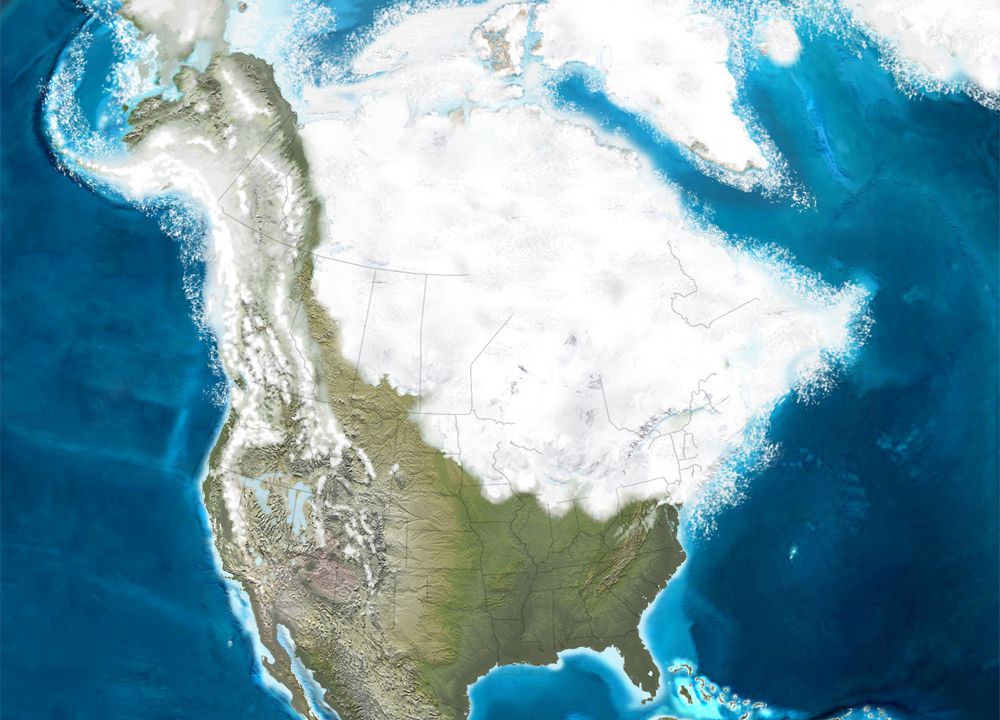

Ever since the existence of Ice Ages was first debated during the 18th and 19th centuries scientists have proposed many different theories to explain why the Earth goes from long periods of cold to equally long periods of warmth. One factor that is thought to possibly trigger the start of a glacial period is a shift in Earth’s orbit due to the gravitational pull of Jupiter and the other planets. These perturbations can occasionally lead to a slight increase in our planet’s average distance from the Sun.
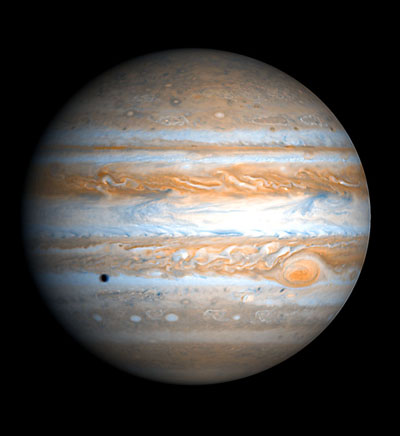
Such an increase in distance would obviously cause a reduction in the Sun ‘s energy that Earth absorbs and there is in fact some correlation between the perturbations to Earth’s orbit as calculated by astronomers and the start of recent ice ages. However the variations in sunlight due to changes in Earth’s orbit are considered to be far too small to be the dominant factor causing an ice age.
In fact it is clear from both geological and climatological evidence that the conditions necessary for an Ice Age are only possible when the CO2 levels in the atmosphere fall below even the level at the start of the industrial age more than a hundred years ago. And chemical analysis of ice cores obtained from Greenland and Antarctica dating back tens of thousands of years have shown that the CO2 levels in the atmosphere during the glacial periods was as much as 30% less than during the warmer interglacial periods.
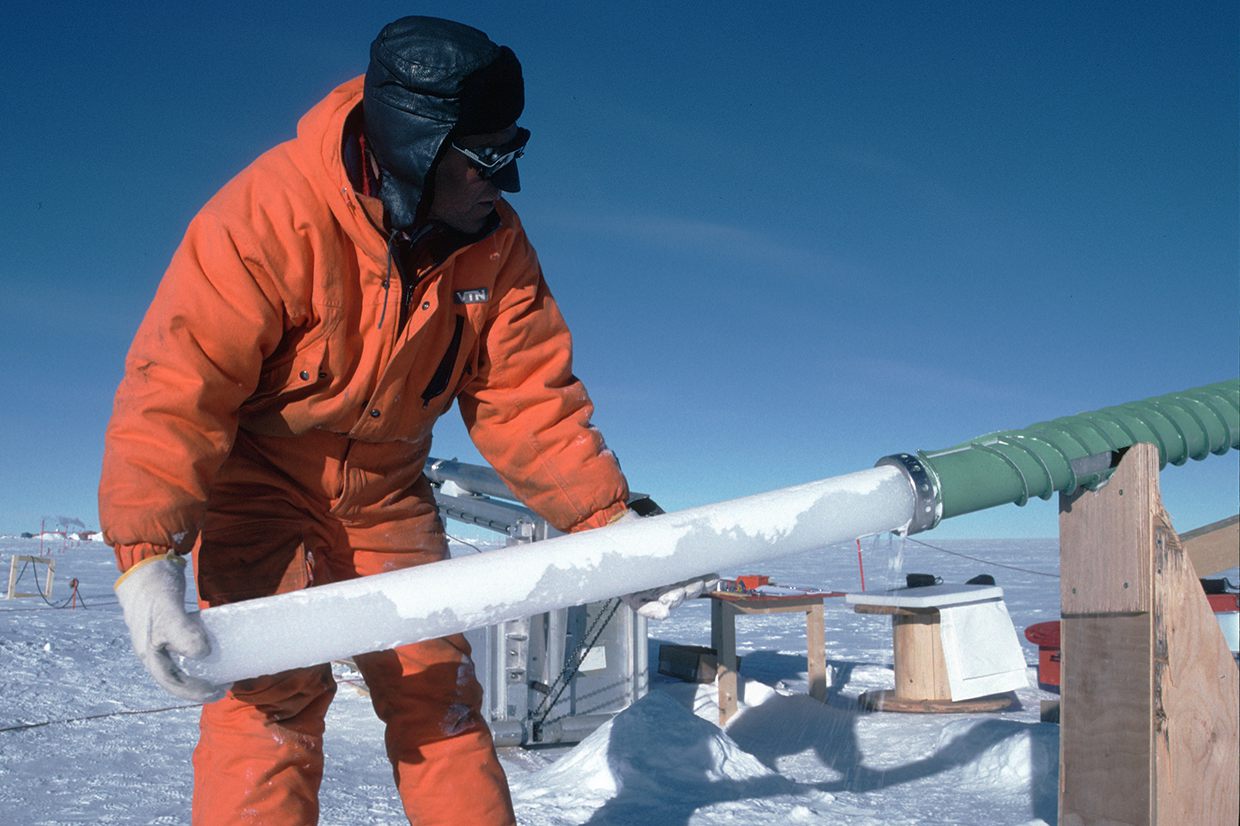
So where did all of that CO2 go? If there was 30% less CO2 in the atmosphere during the glacial periods what happened to it? Well, back in the 1970s oceanographers were able to show that oceanic diatoms, single celled algae with calcium-carbonate shells, absorb CO2 as a part of photosynthesis. When these diatoms die their protective shells then drop to the bottom of the ocean taking some of that CO2 with them. The huge amount of CO2 in the ocean depths has been measured from deep water samples gathered by submersible vehicles.

Some of that CO2 is then brought back to the surface by deep ocean currents and under normal circumstances there is a balance between the CO2 sinking to the ocean floor and the upwelling currents bringing it back to the surface. However if anything was to change the rate of upwelling it could change the level of CO2 in the atmosphere and therefore the Earth’s climate.
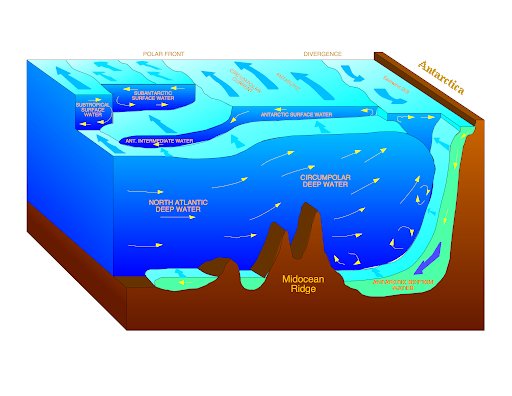
Now researchers from Princeton University and the Max Planck Institute have succeeded in adding another piece of evidence to that model. The scientists, led by first author Ellen Ai, a graduate student at Princeton, recognized that the same upwelling currents that brought the CO2 to the surface also brought large amounts of nitrogen that would enrich the amount of dissolved nitrogen in the upper layers of the ocean. By measuring the ratio of nitrogen isotopes in the shells of the diatoms from deep sea cores they could obtain an indication of the amount of upwelling occurring as a function of time.

According to fellow author Alfredo Martinez-Garcia. “This allowed us to connect many features in the diatom nitrogen record to coincident climate and ocean changes from across the globe. In particular, we are now able to pin down the timing of upwelling changes, when the climate starts to cool, as well as to connect upwelling changes in the Antarctic with the fast climate oscillations during ice ages.”
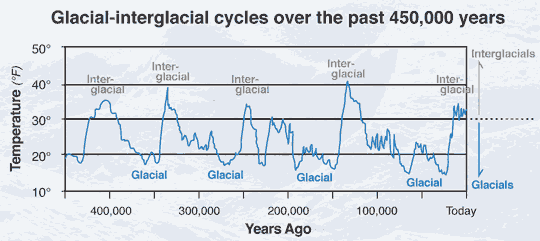
So climatologists now have a new tool that will allow them to better understand the timing of past, and future ice ages. In fact scientists have long recognized that we are currently living in a warm period between two ice ages, and the next cold period is predicted to start about 50,000 years from now. It’s ironic therefore that our immediate problem is too much CO2 in the atmosphere causing global warming when our fate in the future may be decided on there being too little.
